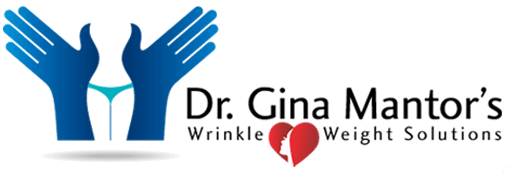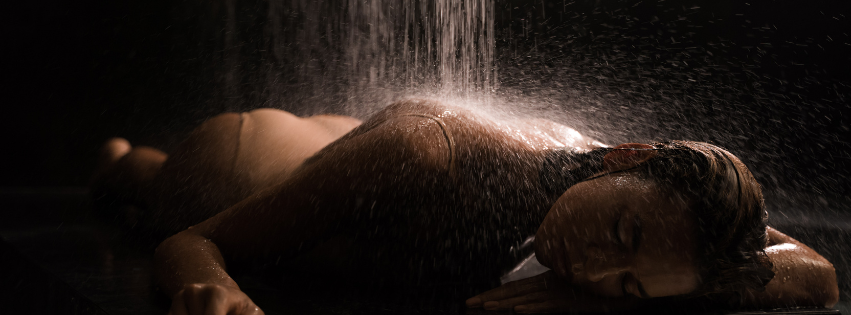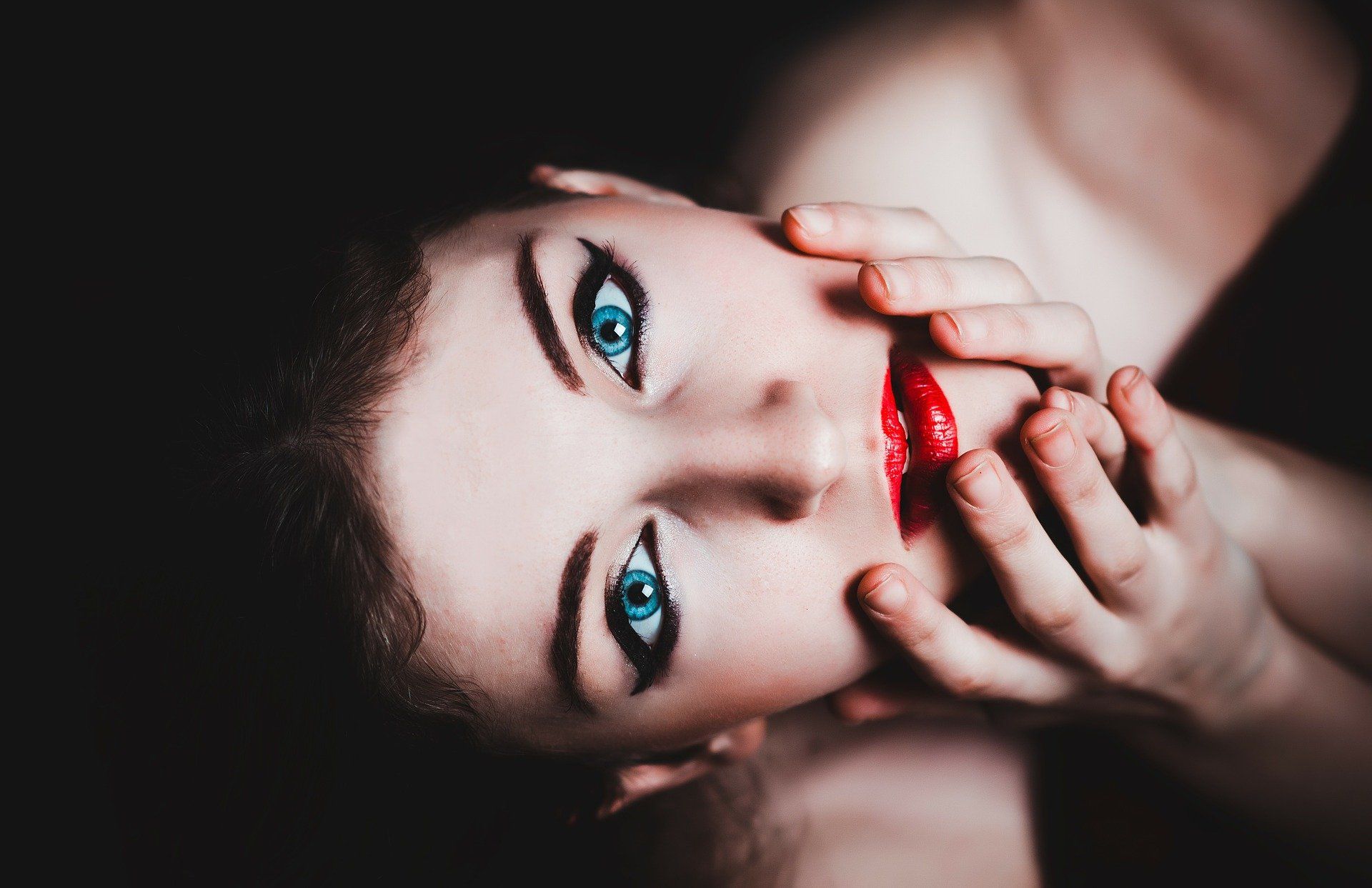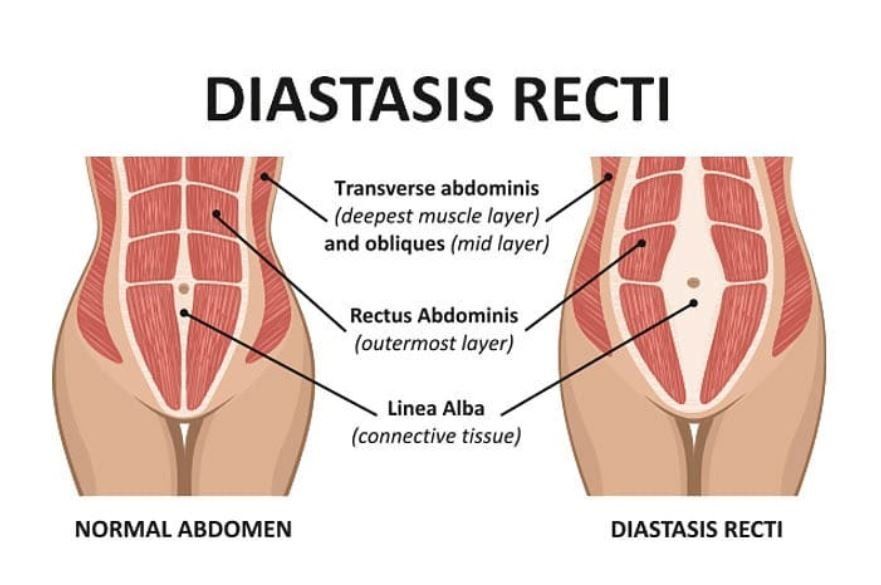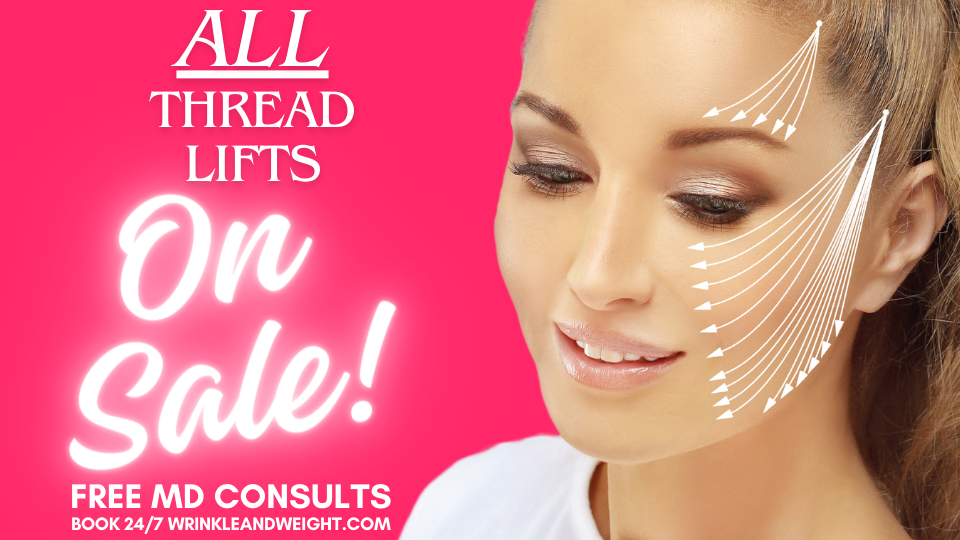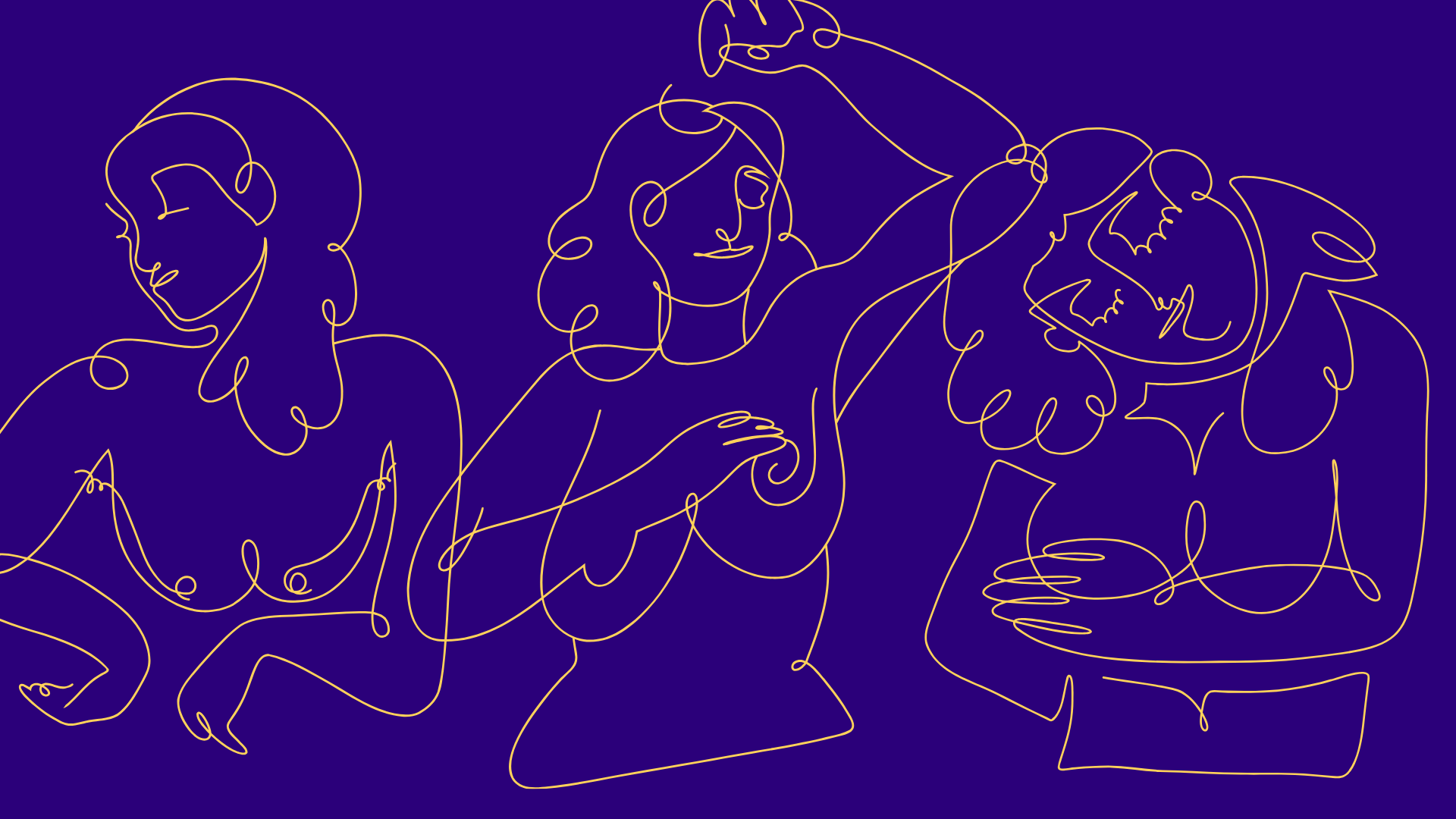Exilis 360 - Body Sculpting, Skin Tightening,
websitebuilder • June 29, 2020
Check out these results with Exilis Ultra 360™
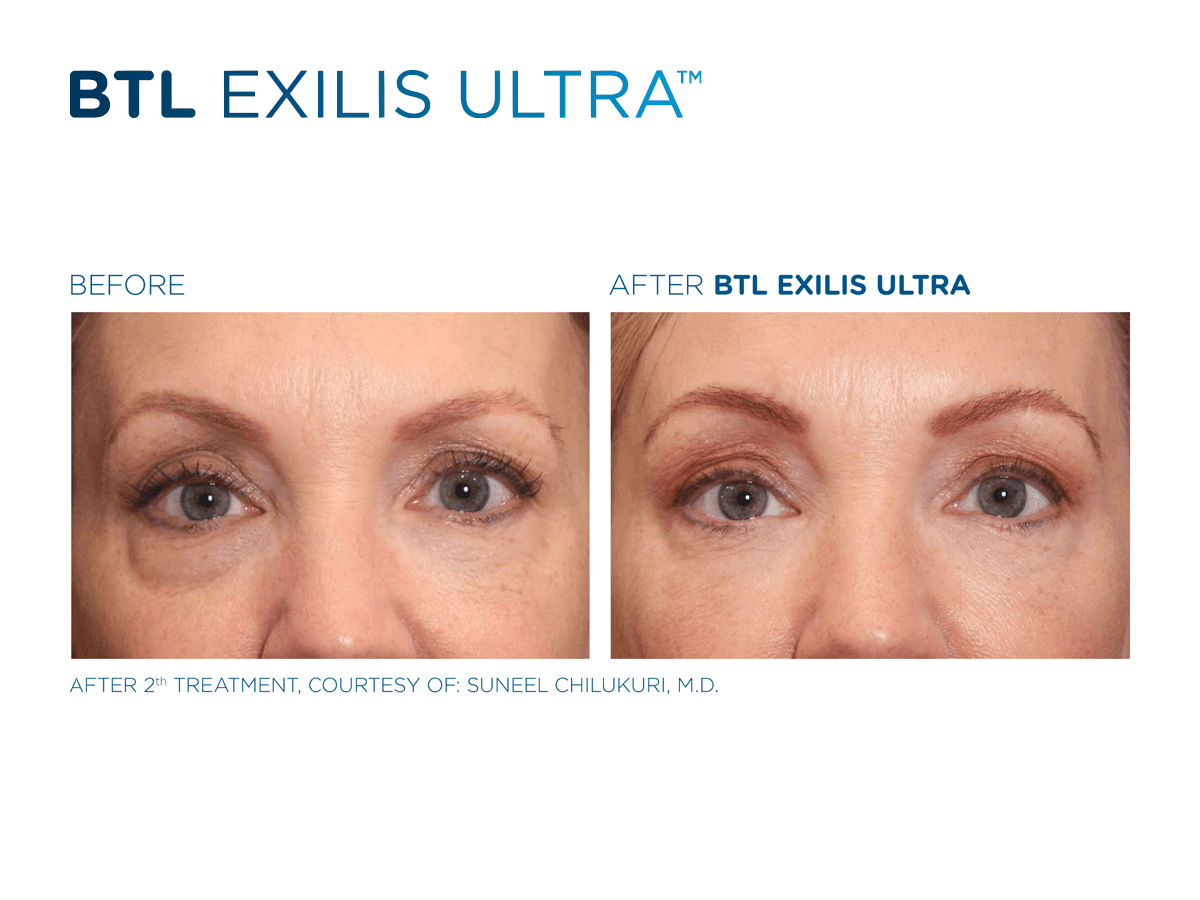
Dr. Mantor's Wrinkle and Weight Solutions, LLC is proud to offer the Exilis Ultra 360™ Non-Surgical Skin Tightening treatment. The Exilis Ultra 360™ is the only FDA cleared device to simultaneously combine radio frequency and ultrasound to tighten loose skin, address fine lines, and body concerns. This unique device uses controlled heating and cooling to ensure that energy is delivered to various depths of the tissue. This process creates collagen production, resulting in skin tightening, smoothing, and contouring of troublesome areas. With the utilization of 5 different applicator tips, this device can treat any area of the body head to toe.
PRE-TREATMENT
During your initial consultation, we will discuss which areas of your skin will need to be treated to meet your beauty goals. It is important to tell your provider if you have any of the following; electronic implants, metal implants, bleeding disorders, IUDs, are pregnant, or menstruating. The duration of your Exilis Ultra 360™ treatment will vary depending on how many areas are being targeted. At your consultation, we will provide you with an estimate of the length of your Exilis Ultra 360™ appointment so you can plan your schedule accordingly. In order to get optimal results, it is important to stay well hydrated two days before and four days after your Exilis Ultra 360™ treatment. The day of your appointment we ask that you cleanse the skin thoroughly, shave areas with excess hair, and avoid applying lotion to the area of treatment. We will also ask that you remove any metal jewelry, watches, or clothes as it can interfere with the results. Exilis Ultra 360™ requires no downtime, so after completion of your in-office appointment, you are free to return to work and resume regular activities.
#exilis360 #bodycopntouring #skintightening #noninvasive #wrinkles #skintightening #antiaging #excilisultra #hifem #ultrasound #fdacleared #drginamantor #wrinkleandweight #turkeyneck #skinsmoothing

In the realm of men's health, erectile dysfunction (ED) emerges as a prevalent issue, impacting not just physical performance but also mental well-being and emotional stability. For many, it stands as a silent barrier to intimacy, overshadowing confidence and self-esteem. Fortunately, innovative solutions like the Magnym™ Procedure offer hope and empowerment. This treatment is designed to address the root causes of ED, transforming challenges into triumphs and revitalizing your confidence in every aspect of life.
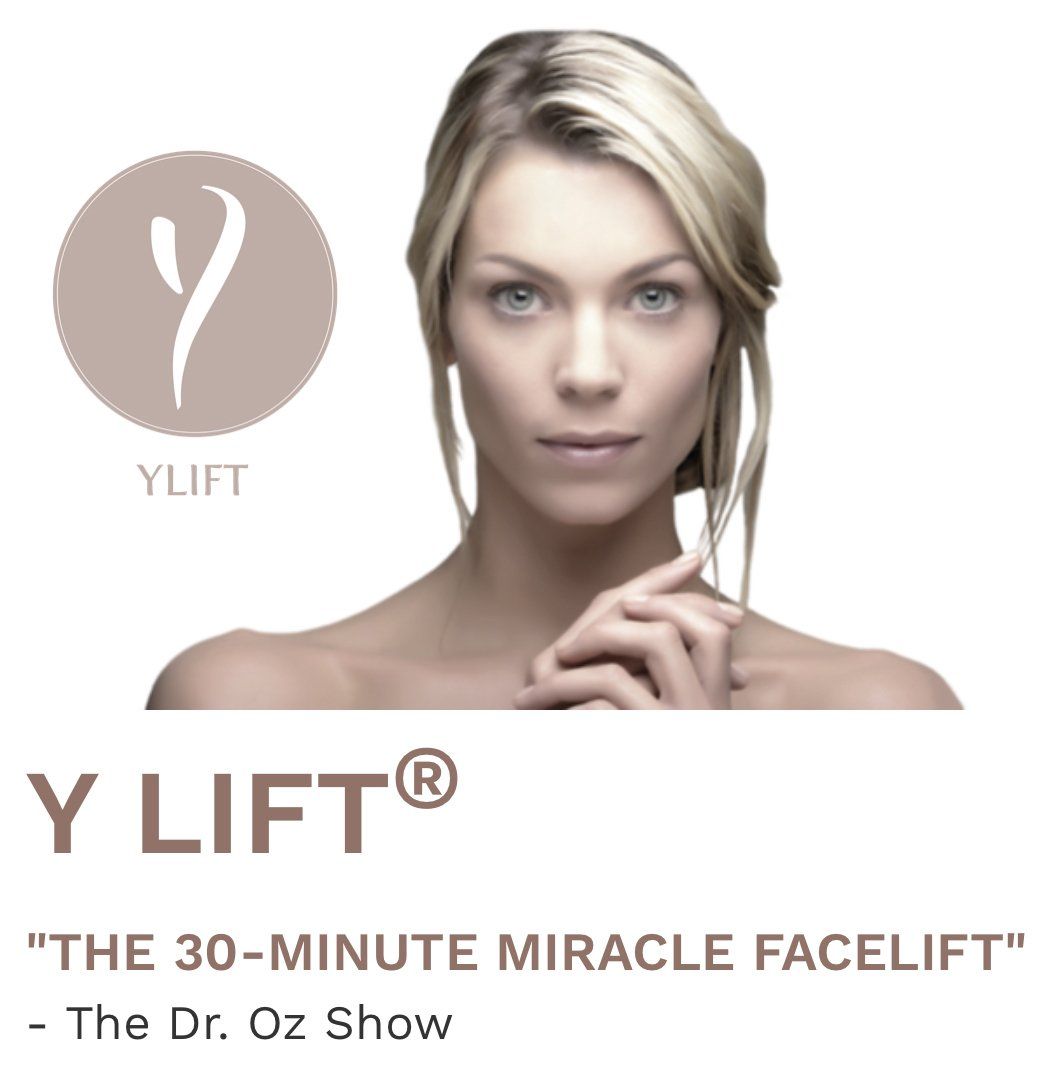
Unlock a more youthful version of yourself with the Y LIFT®, an advanced cosmetic procedure designed to redefine facial contours into the perfect 'Y' shape. By focusing on the cheekbones and jawline, this technique offers a lifted appearance without traditional surgery.
The Y LIFT® employs a blunt titanium tool and FDA-approved fillers to sculpt and support facial muscles, delivering results that last up to four years. This innovative method avoids incisions and ensures minimal dyiscomfort, making it ideal for those seeking a non-surgical facelift.
Now is the time to achieve the youthful, vibrant look you've always wanted. Schedule your complimentary consultation to learn how the Y LIFT® can enhance your natural beauty with precision and care.
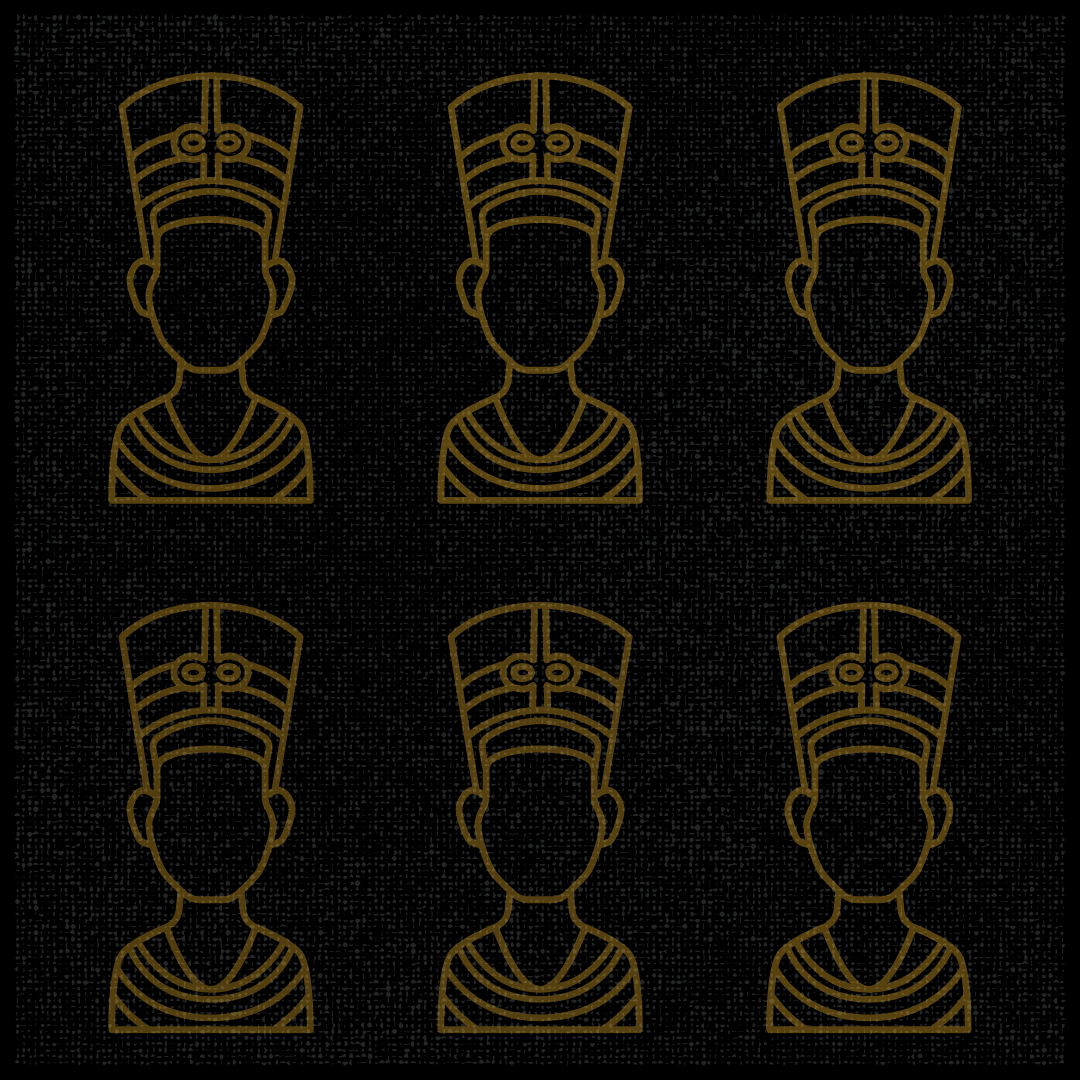
When it comes to tackling the signs of aging, Botox has long been a go-to solution for smoothing out facial lines. Now, with FDA clearance for treatment of the neck, Botox offers a new way to address those pesky neck wrinkles that can add years to your appearance. If you're seeking an effective, non-surgical way to rejuvenate your neck, read on to discover how Botox can help you achieve a more youthful look.

